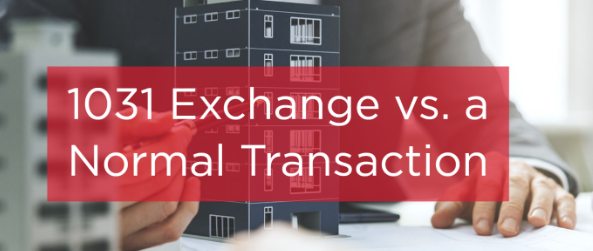As a real estate investor, you’re likely to encounter the term ‘1031 exchange’ at some point, which is a powerful tax-deferral strategy. One option frequently used in 1031 exchanges is a Delaware Statutory Trust (DST). Both are complicated strategies, but understanding the basics requires less technical knowledge than you may think. In this blog post, we will break down the key elements of DSTs and 1031 exchanges to guide you in making informed investment decisions with 1031 advisor.
What is a Delaware Statutory Trust (DST)?
A DST is a legally recognized trust structure to hold title to investment property. Individual investors who share the same investment goals contribute money, which is pooled together, managed by a trustee, and used to purchase a large commercial property. Investors receive a pro-rata share of the income generated from the property according to their share ownership. They do not have direct ownership or management responsibility of the property but instead are limited liability holders. With a DST, investors can access larger and diverse opportunities that they may have difficulty acquiring individually.
What is a 1031 Exchange?
A 1031 exchange is a tax-deferred strategy used by investors to sell an investment property and purchase another without recognizing a capital gain. In other words, the tax on the sale is deferred. The funds generated can be used to purchase a replacement property of equal or higher value, which must be identified within 45 days, with the exchange facilitated by a qualified intermediary. With this strategy, investors can trade up properties while deferring tax payment and reinvesting the gains incrementally.
How to utilize a DST in a 1031 Exchange
By using a DST as a replacement property in a 1031 exchange, investors can benefit from the many advantages of a DST while deferring capital gains tax. Typically, a sponsor purchases a large commercial property and makes it available to individual investors in the form of a DST. By investing in a DST, investors access lower minimum investments and indirect ownership of the underlying asset, which would not be possible by acquiring the property directly. To qualify as a like-kind exchange, investors should select a DST as a replacement property that is equal or greater in value, equity, and debt to their sold asset.
DST versus a TIC Structure
When it comes to investing in commercial properties, another strategy that may be confusing is the Tenant-in-Common (TIC) structure. Although similar in many aspects, there are some differences between a DST and a TIC. The first significant divergence is that in a TIC, each investor has proportional ownership and rights, along with separate financings for their shares used to acquire the property. In contrast, with a DST, investors have proportional beneficial interest/fractional ownership of the property with Blue Skies or Co-Tenancy rights regarding the management of the property. DSTs are more streamlined, with fewer transactional and administrative requirements.
Conclusion:
DSTs and 1031 exchanges are a robust combination, providing investors with more significant flexibility, access, and greater diversification than traditional real estate purchases. The Delaware Statutory Trust structure enables individual investors to hold fractional ownership of income-generating commercial real estate with limited liability. By combining a DST with a 1031 exchange strategy, investors can trade up their existing investment properties for larger and more valuable properties, with deferred capital gains taxes and ongoing cash flow potential. Keep in mind we only scratched the surface on these complex issues- always consult with a CPA or attorney for professional advice.
